Bioparticle delivers medication directly to the gastrointestinal tract of fish to circumvent antimicrobial resistance
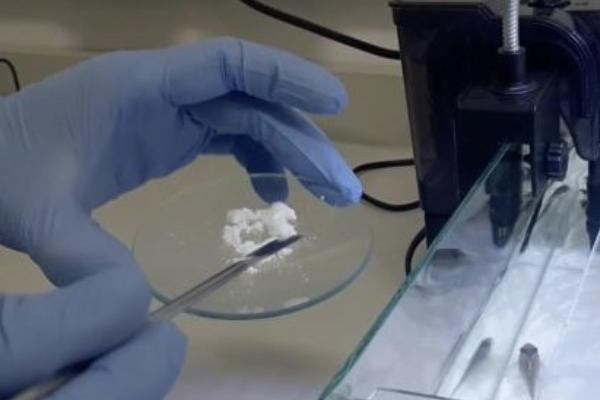
The Federal University of São Paulo (UNIFESP) in Brazil has developed a novel biomaterial that delivers medication directly to the fish gut. In addition to helping combat antimicrobial resistance, the bioparticle avoids the waste and pollution created by excessive amounts of drugs in water bodies. The strategy was tested on an ornamental fish species native to the Amazon and found to be safe, paving the way for its use to treat fish farmed for human consumption.
“Our bioparticle can pass through the digestive tract and deliver medication directly to the intestine, enhancing the efficacy of conventional drugs, which is increasingly impaired by bacterial resistance,” said Patrick D. Mathews, a co-author of the article published in Biomaterials Advances.
The bioparticle is based on chitosan and alginate, polysaccharides of natural origin used in industry and research. Chitosan is derived from the shells of crustaceans, and alginate is derived from seaweed. The formulation also contains arginine, an amino acid present in most protein-rich foods. The antimicrobial molecule used was a peptide obtained from an arachnid found in Brazil’s Southeast region.
“The material can be administered directly in the water, where it is consumed by the fish,” said Matthews. “The normal delivery method entails mixing medication into feed, so you never know how much is actually consumed as opposed to just polluting the water. This has become a serious issue for large fish farming ventures such as Chile’s salmon industry.”
Specimens of Schwartz’s catfish (Corydoras schwartzi), an ornamental fish species native to the Amazon and other parts of South America, were treated with the biomaterial for eight days. Analysis of their intestinal tissue showed high penetration of the biomaterial into epithelial cells and deeper layers of the organ. Various histological methods failed to detect any cytotoxic effects or other damage due to the particle. Hematological tests confirmed the absence of toxicity in blood cells.
“We used materials known to have little or no cytotoxicity,” said Omar Mertins, a professor in EPM-UNIFESP’s Biophysics Department and an author of the article. “Chitosan also has the advantage of adhering well to mucous membranes, as demonstrated in the study. The tests also showed that it tolerates digestive tract acidity and reaches the intestine intact.”
Now that you've reached the end of the article ...
… please consider supporting GSA’s mission to advance responsible seafood practices through education, advocacy and third-party assurances. The Advocate aims to document the evolution of responsible seafood practices and share the expansive knowledge of our vast network of contributors.
By becoming a Global Seafood Alliance member, you’re ensuring that all of the pre-competitive work we do through member benefits, resources and events can continue. Individual membership costs just $50 a year.
Not a GSA member? Join us.
Author
-
Responsible Seafood Advocate
[103,114,111,46,100,111,111,102,97,101,115,108,97,98,111,108,103,64,114,111,116,105,100,101]
Tagged With
Related Posts
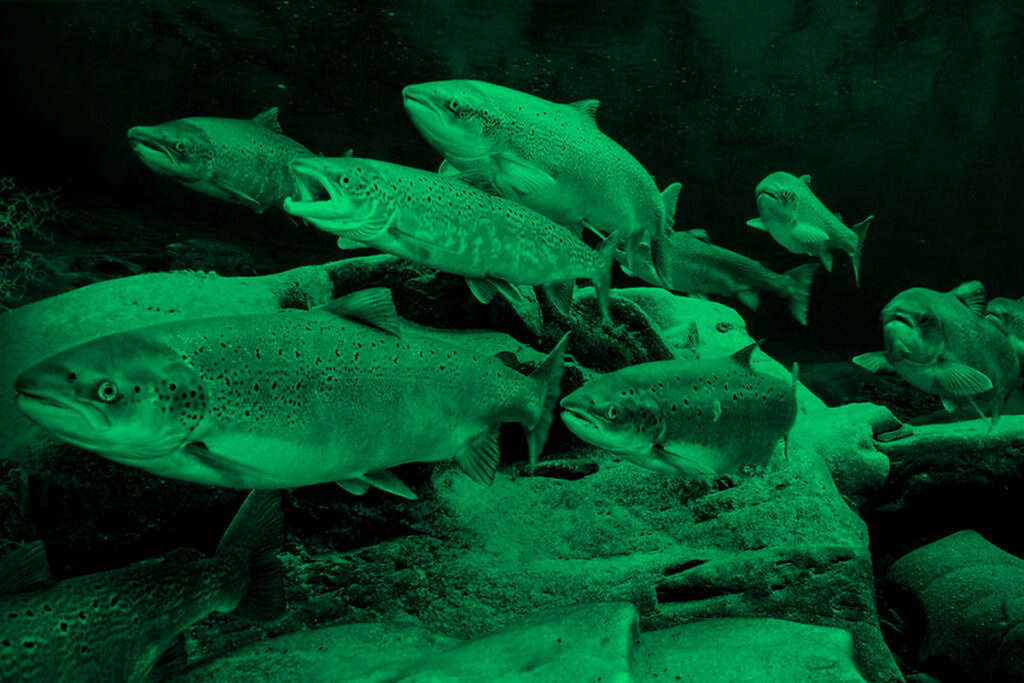
Innovation & Investment
Responsible Seafood Innovation Award finalist AQUIT is pressing for disease management in aquaculture without antibiotics
A feed supplement protein produced by AQUIT in Chile helps farmed salmon ward off disease while improving their overall health and growth.
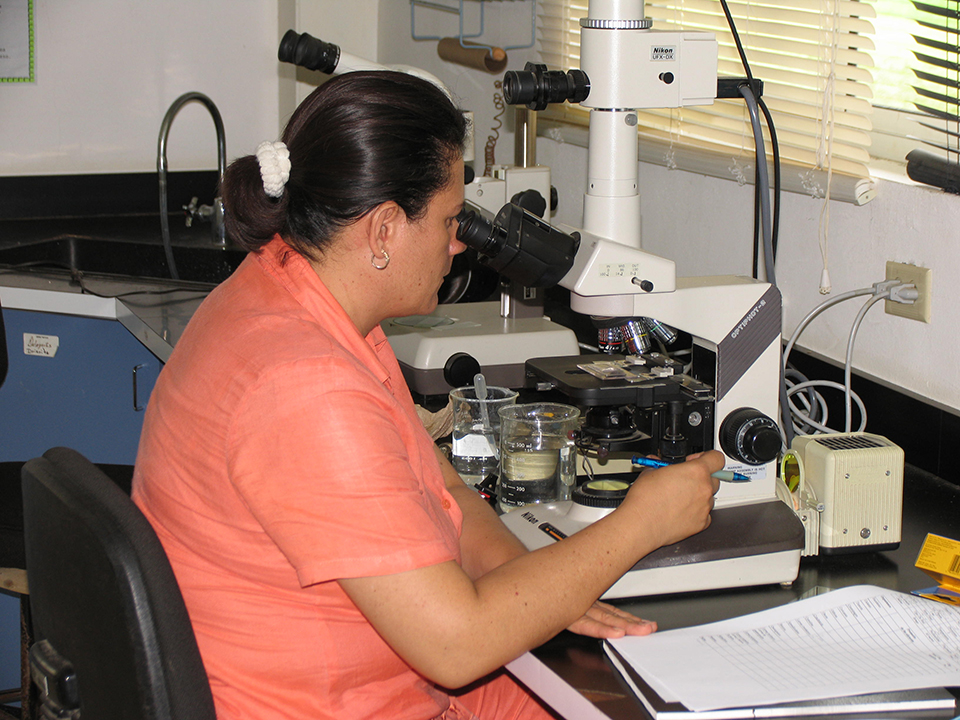
Health & Welfare
Antimicrobial resistance: Aquaculture to humans, humans to aquaculture?
The transfer of resistance from an aquaculture pathogen into a human enteric bacterium has been demonstrated in research and may be happening in the real-world environment.
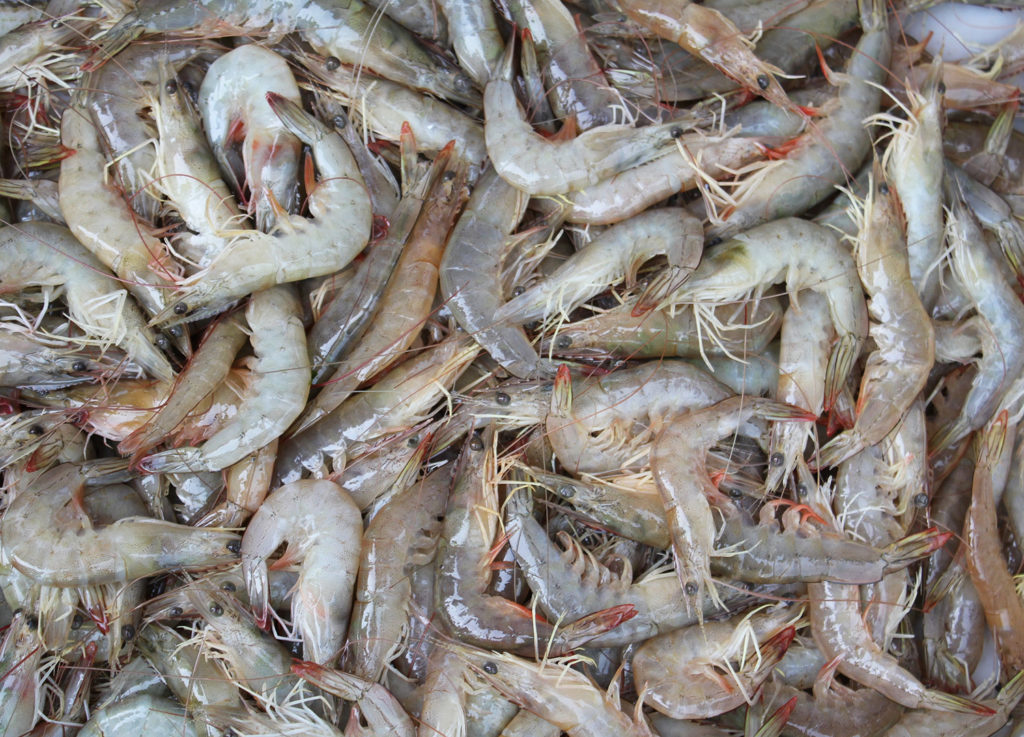
Health & Welfare
Why are antibiotic residues in farmed shrimp a big deal?
Antibiotic residues in farmed shrimp, and antimicrobial resistance in general, pose a threat, but we must balance what is realistic and what is ideal.
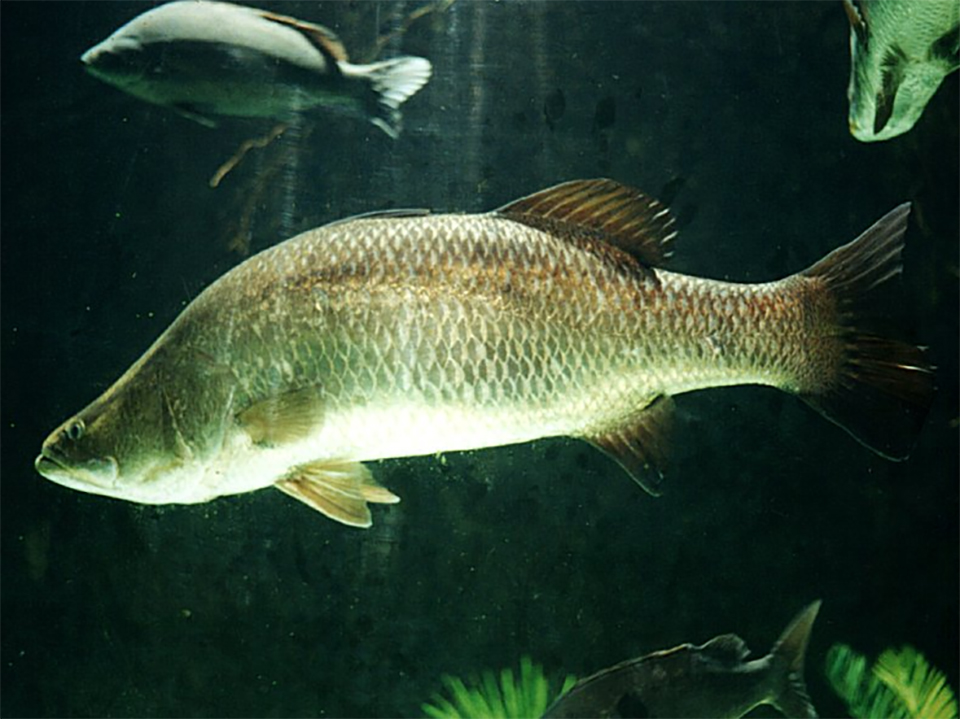
Health & Welfare
Organic acids and autolyzed yeast reduce impact of pathogens in fish
Organic acids and autolyzed yeast products can reduce the impact of pathogens like microorganisms, viruses, parasites and fungi, supporting performance and profitability.



